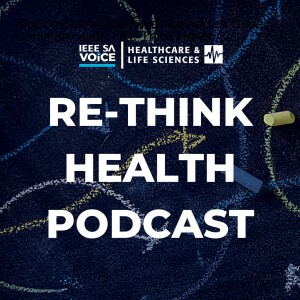
**Transforming Adolescent Obesity Management: Telehealth and GLP-1 Therapeutics**
Adolescent obesity remains a pressing issue in the United States, adversely impacting the growth and development of youth. Although traditional face-to-face obesity programs exist, these often struggle with high dropout rates and limited success in treatment options beyond surgical interventions. Dr. Karla Lester, a pediatrician and certified life and weight coach, tackles these issues with a novel telehealth approach combined with GLP-1 therapeutics, providing a more efficient remedy for adolescent obesity.
**An Innovative Care Approach**
Dr. Lester founded Metabolic Telehealth, a practice focused on incorporating the newest guidelines from the American Academy of Pediatrics (AAP) alongside cutting-edge medical treatments. By utilizing telehealth, this model eliminates traditional obstacles such as weight bias and travel time, demonstrating favorable outcomes in patient retention. Dr. Lester highlights the essential role of GLP-1 medications, noting that an impressive 95 percent of her long-term patients have seen a decrease in BMI.
**Overcoming Hurdles**
In spite of the optimistic results, Dr. Lester points out a major challenge: more than half of insurance prior authorizations for GLP-1 medications are denied, forcing many families to cover expenses out-of-pocket. This underscores an urgent necessity for systemic reform to make these transformative treatments available to all adolescents.
**The Telehealth Benefit**
Telehealth signifies a groundbreaking shift in addressing adolescent obesity. It offers a flexible, stigma-free atmosphere that promotes patient involvement and adherence to treatment regimens. Furthermore, it fills the gap for patients from rural areas who lack access to specialized medical services.
**Final Thoughts**
Dr. Lester’s efforts highlight the significance of innovative care models in the management of adolescent obesity. While her telehealth methodology combined with GLP-1 medications has shown effectiveness, wider policy reforms are crucial to guarantee equal access to these essential care options. As the model proves scalable, there is hope for broader implementation, potentially establishing a new benchmark for managing adolescent obesity and nurturing healthier future generations.